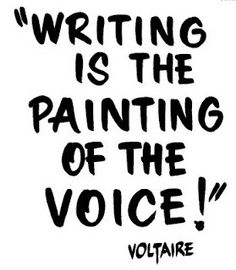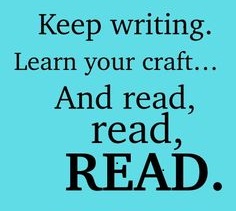Your mind is a garden,
Your thoughts are the seeds,
The harvest can either be
Flowers or weeds.
~William Wordsworth
Isn’t that beautiful and true?
Creative writing as an art is dying – literally methodically getting destroyed with school curriculum repeating topics or making ‘sample’ essays that children are expected to learn ‘by heart’. With that goes out first the child’s capacity to articulate, then his capacity to think, his humour and last, any new idea he is capable. This process is completed by the child’s tenth year! Let us see how we can preserve a child’s individuality.
Writing an essay is all about thinking: the process of thinking coherently, cohesively and when ever possible laterally. So, we begin with the simple task of helping a child think of an idea in as many forms and images as he can.
Let us take an example. Suppose your topic with your eight year old is: mountain. The words that come to mind immediately are:
cold, snow, valley, high, majestic, Himalayas, Everest.
With a little prodding or help, a child could come up with : apples, skiing, hiking, plums, fishing, farming, falls, orchards, pine, tourism, fir, cherries, birch, oak, pears, peach, river, lake, streams, trekking, camping, mountaineering.
There are twenty seven words in all. Each word is an associative of the topic. If you think up a word that your child hasn’t, call it out. If the word or concept is new explain it to increase his understanding. Since this is a learning process, do not worry about how much you have to help your child. The more you help spontaneously, the faster and better your child will learn. Do as many such topics and brainstorming as you can. You’ll find as the game becomes familiar, your child’s capacity to link topics will grow dramatically.. The rationale behind this exercise is to have your child whiz from image to image in his mind. Choose common topics at first growing to complex ones gradually. You’d be amazed at what ‘common’ topics like cows, beach, train and such like can yield.
When you have done at least twenty such exercises you are ready to move on to the next stage. Only, from now you’d require a paper and pen. As you and your child call out the words of a topic write them down. Let us take the above topic of mountain. The words can be divided into three or four major groups. Descriptions of the mountains, mountains as water source, vegetation, human activities.
Under description you have: cold, snow, majestic, valley, high, Everest, Himalayas
Under water source you have: river, lake, water falls, streams,
Under natural vegetation you have: pine, fir, oak, birch, and as orchards you have: apples, cherries, plums, peach, pears
Under human activities you have: farming, orchards, skiing, hiking, camping, trekking, mountaineering, tourism…
Thus you have four heads and each head could be a paragraph. Since each paragraph will deal with only one idea it will naturally be cohesive. Now all that your child has to do is write it! You could have him tick off the ‘points’ as he finishes.
And how does he write it? There again you have two points of interest. One is a simple narrative – how most children write. However, if you have been reading out stories, funny narratives, essays from the time he was little, you’ll find that he’ll have developed a style that is unique to him. The more a child reads or is read out to, the better his essay will be because he will draw on motifs besides his own. So it is important that you read to your child. It is immaterial how old he is. If you find something interesting, enjoyable read it out to him. The triple benefits are: his world expands, his style grows and the most important of all, you get to learn and laugh with your child. What could be more wonderful than that?
~By Aruna Raghavan


